In Photos: The Wacky Animals of Madagascar
Bustling with Life
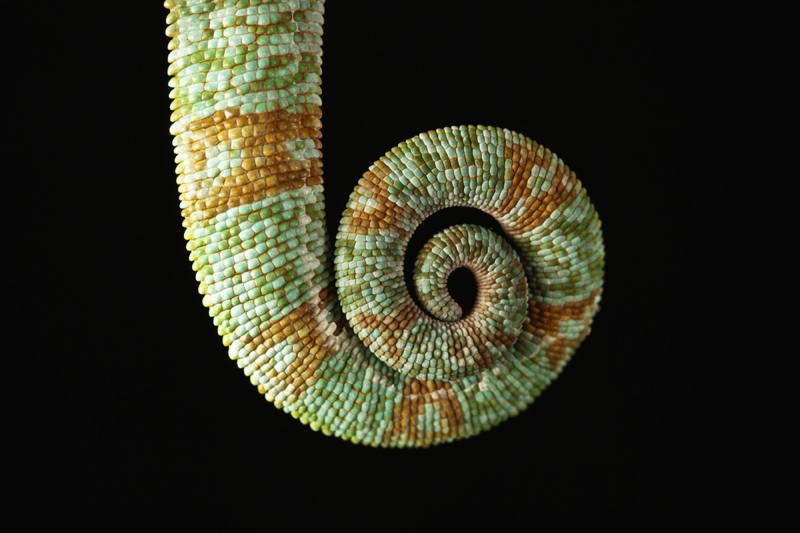
How could one be lonely in Madagascar? The island off the east coast of Africa is climbing with life. According to the Wildlife Conservation Society, Madagascar provides habitat to more than 90 identified lemur species, 283 bird species, 12,000 vascular plant species, more than 300 amphibian species, 346 reptiles species and 30 bat species. So while a single gallery could hardly do justice to the boisterous environment, here's a look at some of its charismatic characters.
The fossa
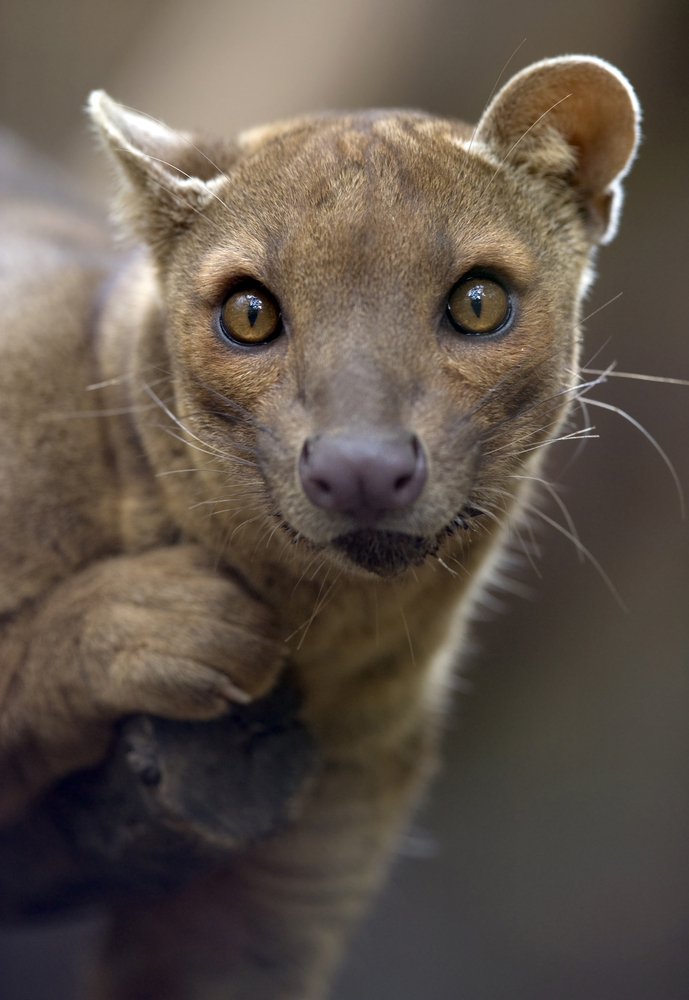
The fossa is a cat-like, carnivorous mammal related to the mongoose family, that is endemic to Madagascar. The fossa is the largest mammalian carnivore on the island of Madagascar and has been compared to a small cougar. Adults have a head-body length of 28 to 31 inches (70 to 80 centimeters) and weigh between 12 and 19 pounds (5.5 to 8.6 kilograms).
Freaky Gecko
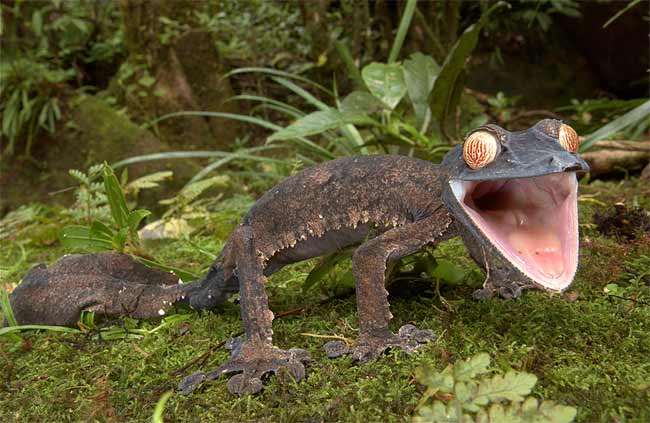
The giant leaf-tailed gecko (Uroplatus fimbriatus) is endemic to the rain forests of Madagascar. It can reach a length of 12 inches. It's oddities: The gecko uses its flat tail to store water, and with no eyelids the creature relies on its tongue for dust removal.
Dancing Sifaka
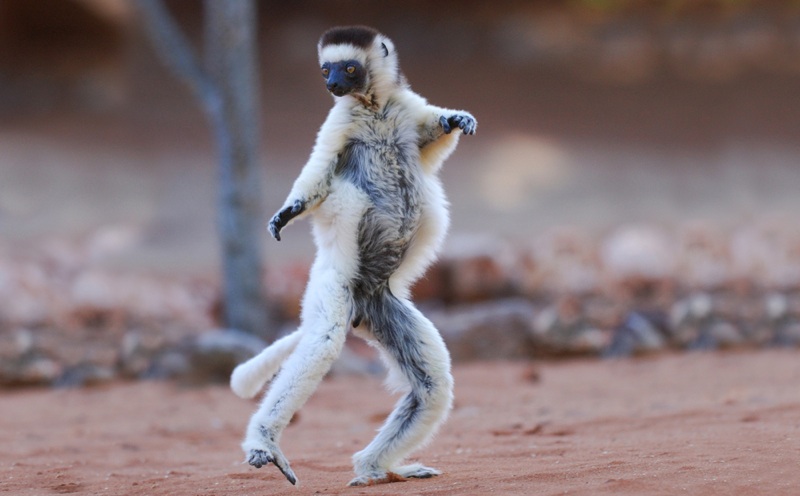
Verreaux's sifakas (Propithecus verreauxi), like the one shown here dancing in the Berenty Nature Reserve, southern Madagascar, have distinct coloration with white fur and a hint of yellow contrasting their hairless, black face.
Tiny Tot
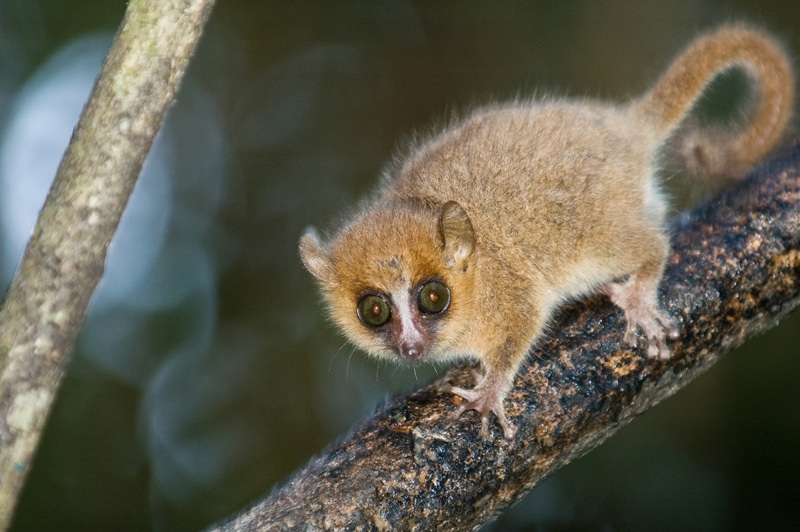
A gray mouse lemur (Microcebus murinus), which is endemic to Madagascar, shown here in Ranomafana National Park, Madagascar. They are some of the smallest primates, with a head and body length of just 4.7 to 5.5 inches (12 – 14 cm) and a tail length of 5.1 to 5.7 inches (13 – 14.5 cm). Their long, thin lower incisors and canines make for a great dental comb used for grooming.
Red ruffed lemur
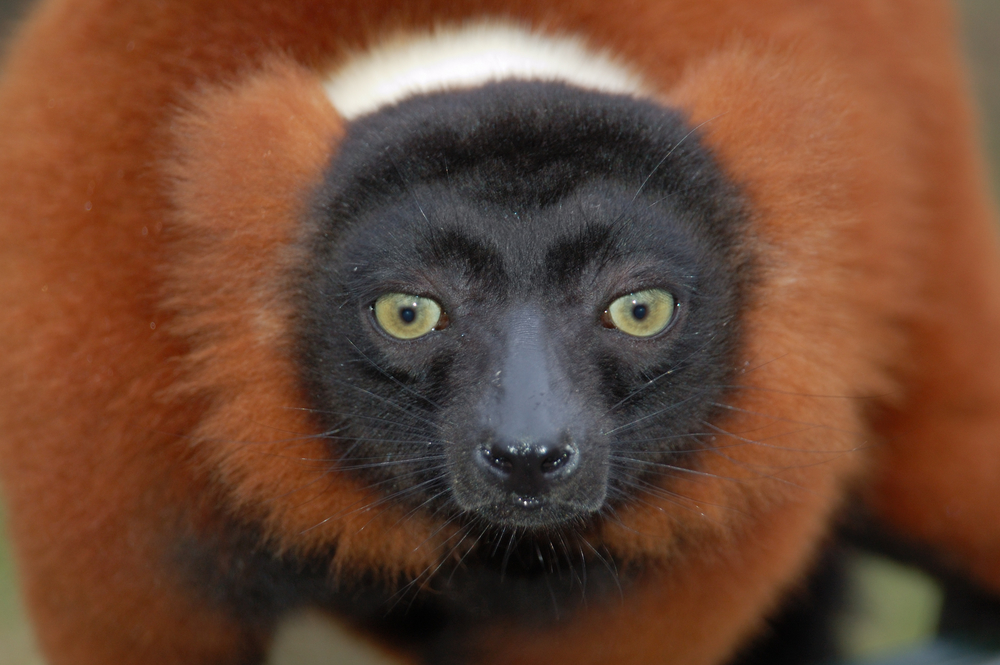
This red ruffled lemur is found only in the rainforests of Masoala, in the northeast of the island. It is one of the largest primates of Madagascar with a body length of 20 inches (53 centimeters), a tail length of 24 inches (60 cm) and a weight of up to 9 pounds (4 kilograms).
Giraffe weevil
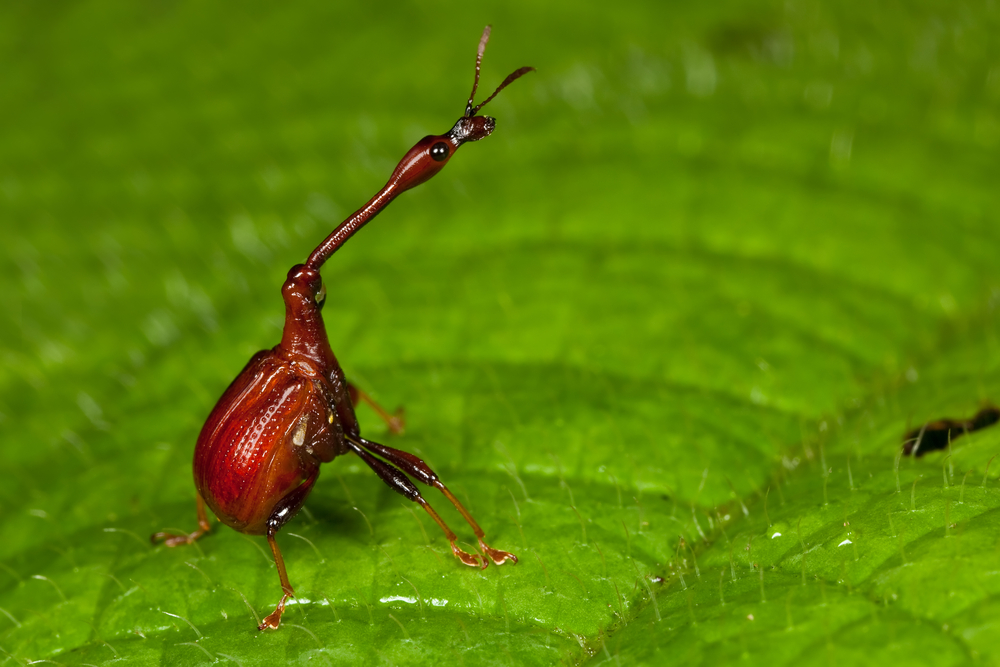
The giraffe weevil (Trachelophorus giraffa) is a weevil endemic to Madagascar. It derives its name from an extended neck much like that of the common giraffe. The extended neck is an adaptation that assists in nest building and fighting.
Get the world’s most fascinating discoveries delivered straight to your inbox.
Head-Bobber
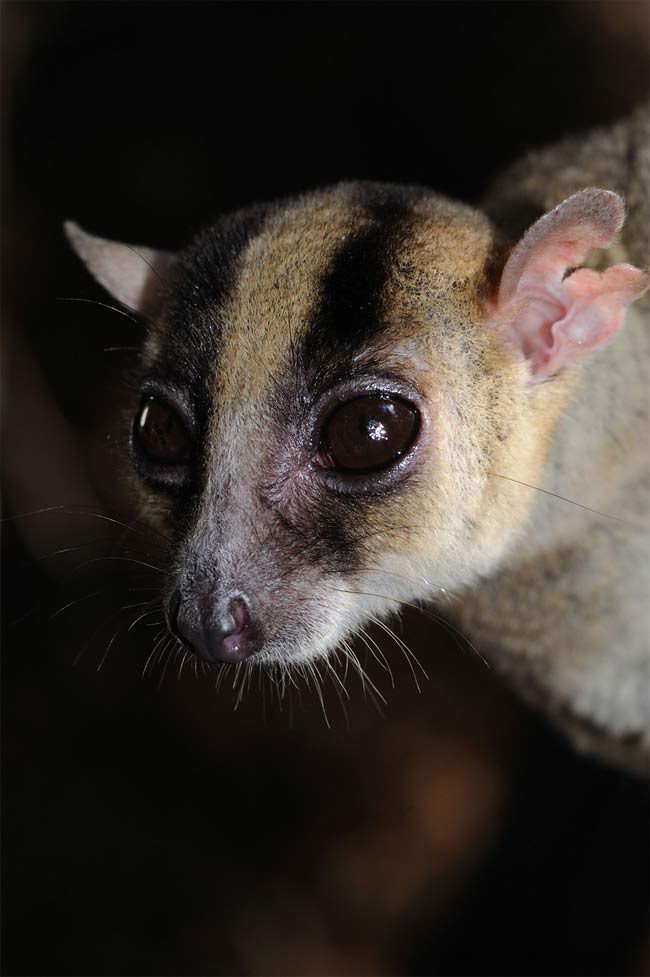
Scientists reported in 2010 they had discovered this long-tongued, squirrel-sized species of lemur in Madagascar. The new creature doesn't have a species name yet, but is of the genus Phaner, otherwise known as fork-marked lemurs. These lemurs get their name from a black, Y-shaped line that starts above each eye and joins at the top of the head. The long-tongued species has a unique head-bobbing move that showed up in the flashlight beam as discoverers searched the treetops for a glimpse of the animal.
Head for the Hills! Creatures Flee Global Warming
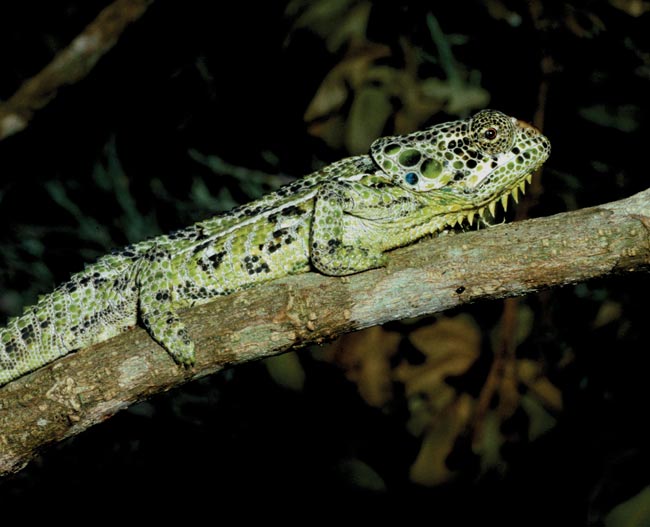
This species of chameleon, Calumma tsaratananensis, lives only in the summit region of Tsaratanana Massif, a mountainous region in Madagascar.
'You Lookin' at Me?'
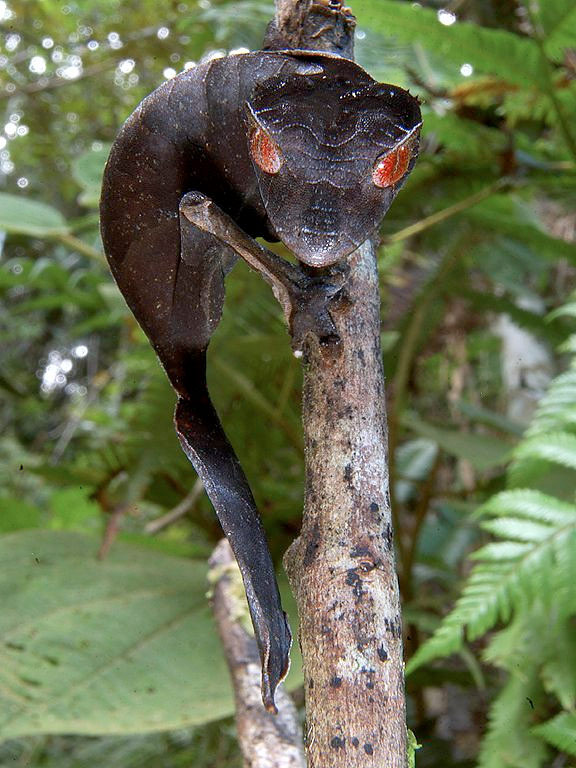
The satanic leaf-tailed gecko (Uroplatus phantasticus) is the smallest of 12 species of bizarre-looking leaf-tailed geckos. The nocturnal creature has extremely cryptic camouflage so it can hide out in forests in Madagascar. This group of geckos is found only in primary, undisturbed forests, so their populations are very sensitive to habitat destruction. Large Uroplatus species have more teeth than any other living terrestrial vertebrate species.
Tiniest Chameleon
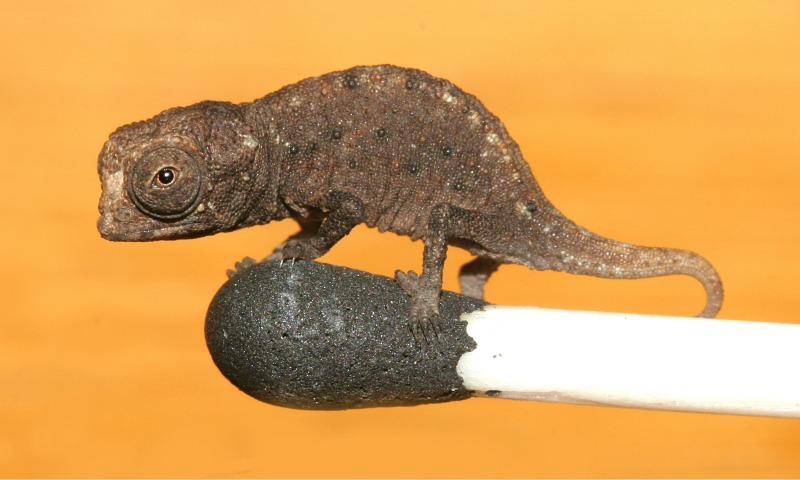
The world's tiniest chameleon, Brookesia micra, was discovered on a tiny island off Madagascar, scientists reported in February 2012. Adult males of the B. micra species grow to only just over a half-inch (16 millimeters) from nose to bottom, making them one of the smallest vertebrates ever found on Earth. [Read full story]



